Good People of vitruta: Koza Güreli Yazgan
Interview by Alara Demirel
Koza Güreli Yazgan works at the intersection of archaeology, art, architecture, and curation—where Istanbul’s layered history meets her own.
Her sensitivity to cultural heritage, shaped by family and experience, finds form in places like Zeyrek Çinili Hamam. For Koza, preservation is less about representation than it is about responsibility; storytelling isn’t just about seeing, but about rethinking how we see. Time, memory, and material come together in ways that feel quiet yet intentional.
In this conversation, we explore how Koza approaches space as something to be read and listened to. Her view of preservation, like her view of creativity, isn’t fixed—it evolves. Somewhere along that line, it intersects with vitruta.

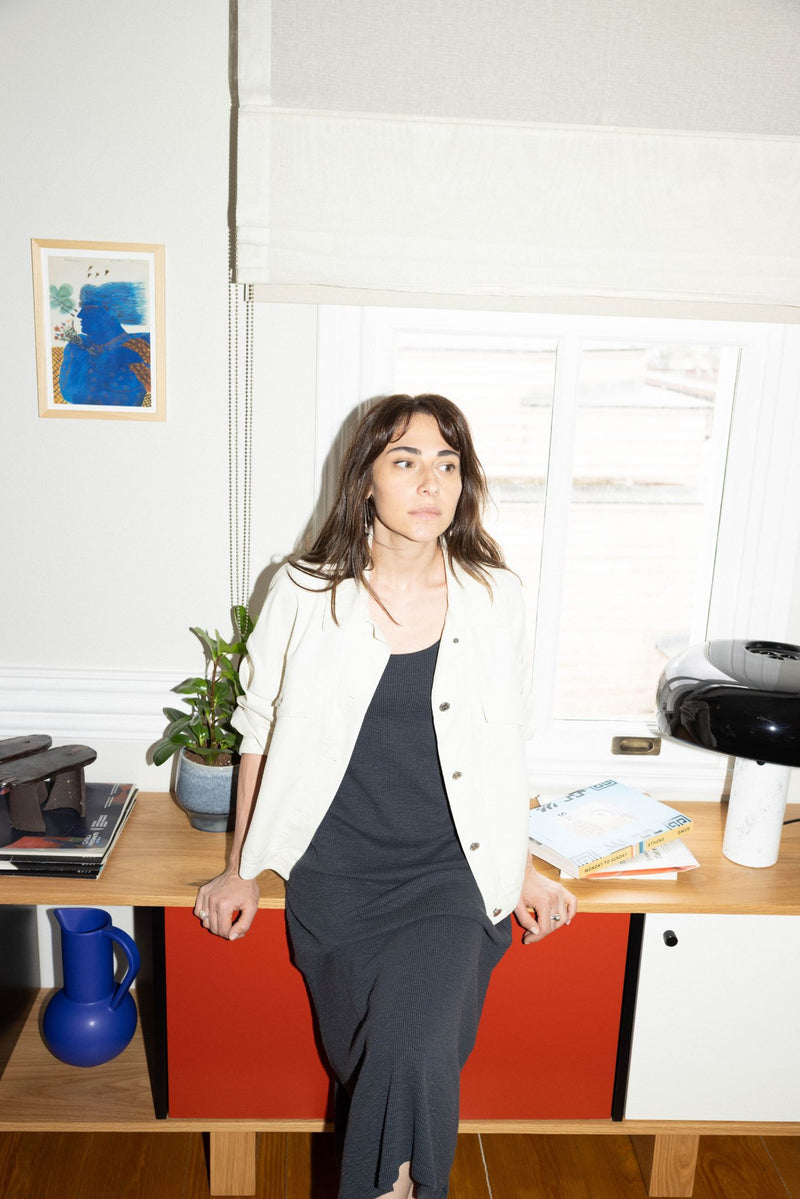
Great to have you here, Koza! Let’s kick things off with our usual opener: How would you describe yourself to someone who doesn’t know you? Who is Koza? Where did it all start, what have you done, and where are you now?
Thank you! Talking about oneself is both incredibly easy and incredibly hard. I think the best way to start might be by talking about Istanbul. I was born and raised here, and I still live in the city with my partner and children. For me, growing up in this city has always meant forming relationships and dreaming of the future in streets where I’ve also witnessed layers of the past.
That connection to place also sparked a broader curiosity—about other cultures, other ways of life. Over time, it shaped how I relate to the world. I feel that the intellectual and emotional richness I accumulated here naturally opened me up, and gently nudged me toward becoming more of myself.
Today, as the Founding Director of Zeyrek Çinili Hamam, I get to deepen my relationship with Istanbul’s cultural heritage while also opening it up to contemporary and creative perspectives. For me, this project brings together my personal interests, my family’s values, and the path I’ve taken professionally.
Your family has always been immersed in culture and the arts. How did that shape you? What kind of influence did growing up in that 1863 home have on you?
My family played a huge role in shaping my relationship with culture and the arts. My mother, Bike Gürsel, has a deep connection to heritage and history, and her passion for those things naturally encouraged me to explore them too. My father, Ali Güreli, introduced me to contemporary art and art fairs at a very young age. What may have seemed like two very different worlds at first now feel deeply interconnected—and deeply nourishing.
This relationship with art isn’t just an interest for me—it’s something I feel in my day-to-day life. I consider myself very lucky that my work allows me to channel this ongoing influence.
As for the house I grew up in: yes, it was built in 1863 and once held Istanbul’s largest private library. It’s a home that reflects the intricacies of Ottoman architecture and has always been a source of inspiration for our family. We’ve come to see it as a work of art in itself, and we’re committed to preserving it for generations to come.
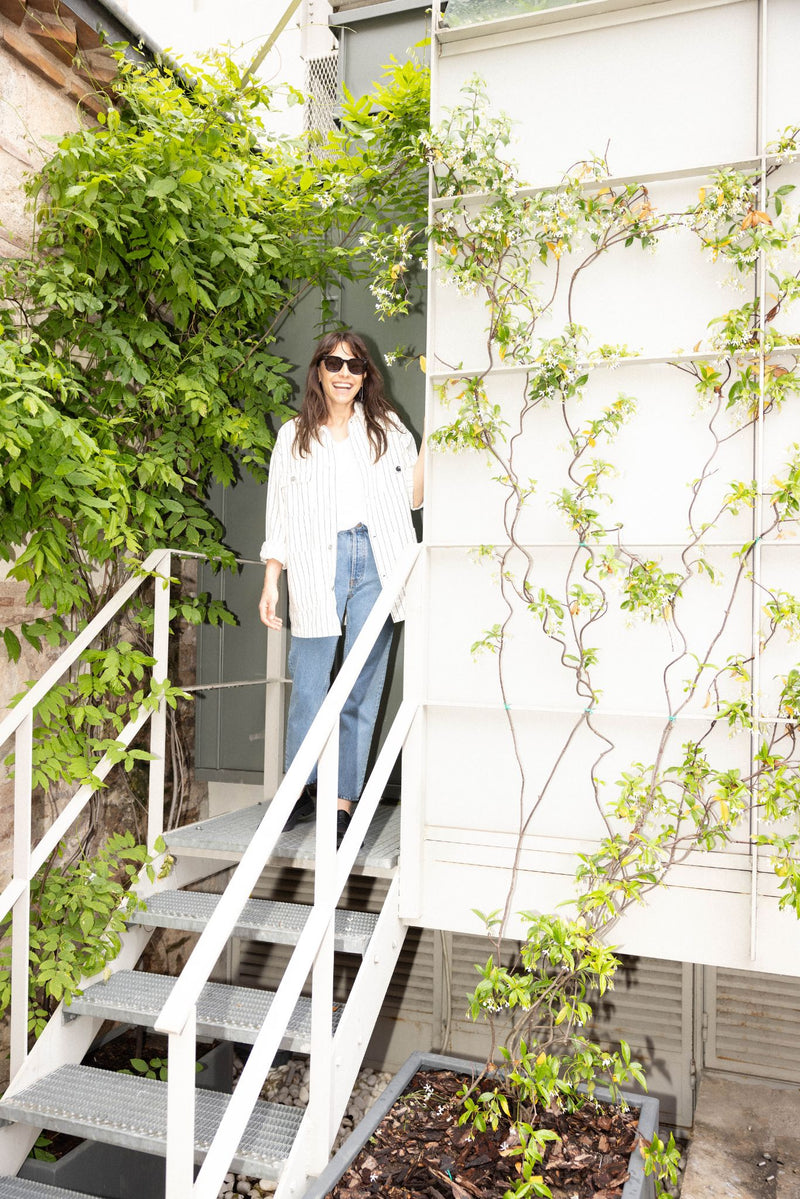
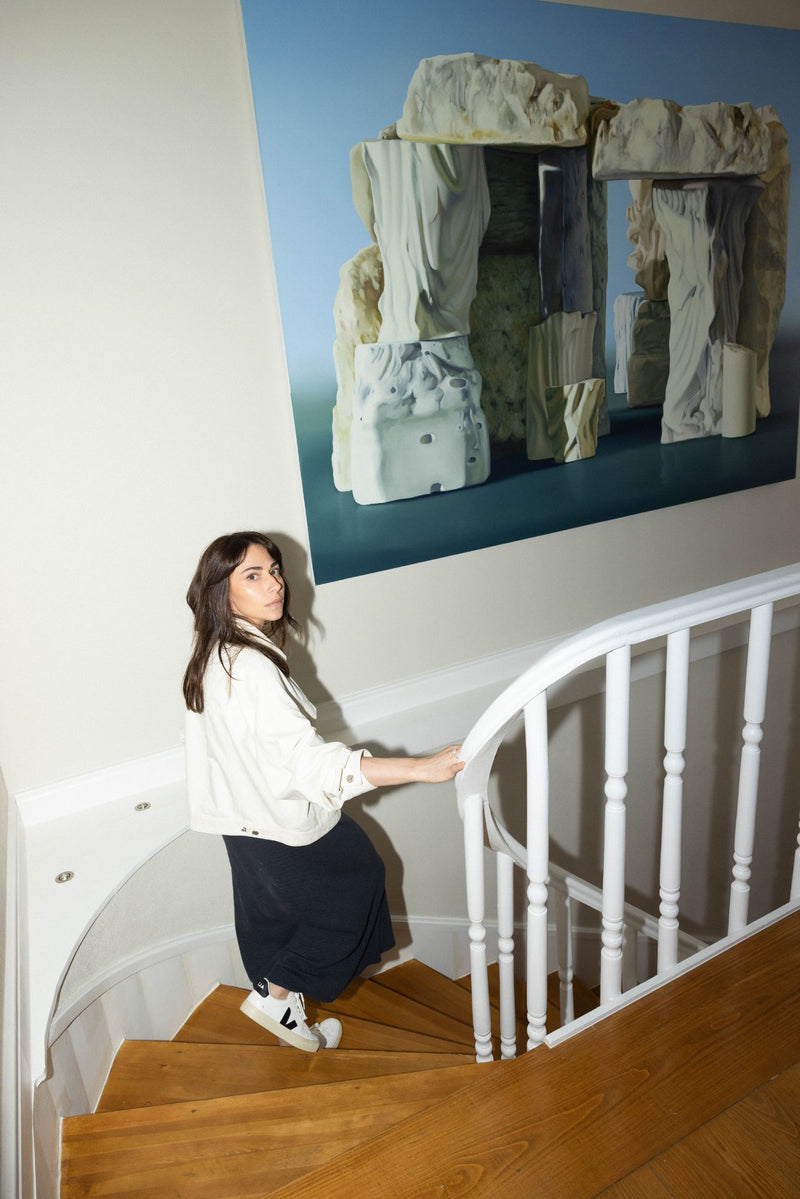
Even if you don’t call yourself a collector, your relationship with art and your way of gathering seem to describe you quite well. How do you relate to art? Who’s on your radar—or in your collection?
As you mentioned, I don’t quite see myself as a collector just yet. I think collecting is something that demands a lot of time, energy, and commitment. For now, I consider myself a devoted art lover.
My connection to art often starts from a place of intuition and emotion. That first sense of resonance when I encounter a piece—that’s usually what guides my decision. Of course, trying to understand the thinking behind the work, the process of its making, and the artist’s approach deepens that initial connection. That’s why I truly value direct conversations with artists and hearing about their work firsthand.
With the opening of the hamam and the development of its contemporary art program, my own personal journey with art has started to evolve around those themes too. We’ve been creating exhibitions that engage with the site’s many layers—its history, its sociology, its spatial presence. Having spent 13 years within this restoration process, I’ve been deeply shaped by it. More recently, I’ve found myself drawn to artists who form a similar kind of relationship with the hamam: Elif Uras, Ahmet Doğu İpek, and Anousha Payne are a few of them.
How did your path cross with Zeyrek Çinili Hamam? What made this project meaningful to you—both at the moment it was acquired and through its transformation over time?
As a family, we’ve always prioritized preserving and reactivating significant examples of Istanbul’s cultural heritage. Zeyrek Çinili Hamam wasn’t actually the first project of this kind—we had previously overseen the restoration of the Esma Sultan Mansion. Around that time, we were also thinking about how we could apply our over 50 years of experience in hospitality to other fields.
The idea to acquire Zeyrek Çinili Hamam actually came from my mother, Bike Gürsel. She was fully involved in every step of the process—from the moment the property was purchased in 2010 to the development of the project’s vision. At the time, the plan was to complete the restoration within 3 to 4 years and reopen it as a functioning hamam.
But things changed. During the excavation process, which ended up spanning more than a decade, we not only uncovered thousands of İznik tiles but also discovered a range of artifacts from the Roman, Byzantine, and Ottoman periods—including objects either directly or indirectly connected to the history of the bath, as well as Byzantine cisterns. These discoveries gradually led us toward the idea of building a museum. What began as a single restoration project evolved into a 3,000-square-meter complex that includes the hamam, a museum, the cisterns, and an event garden.
Being part of this long restoration journey allowed me to slowly shift from being an observer to becoming someone deeply involved—both personally and professionally. What I appreciated most about the process was how much time it took. That time gave me space to grow with it, and to stay present with a sense of curiosity and excitement that only deepened.
At the same time, I was working as a third-generation representative of The Marmara Group—overseeing strategic planning for our hotels in Türkiye and New York, and serving on the board of Contemporary Istanbul, which was founded by my father, Ali Güreli. Right after I encountered the hamam, I also happened to be working on the bath and experience concept for our second hotel in New York.
Looking back, what felt like separate experiences—hospitality, cultural heritage, contemporary art—have now found a shared rhythm around Zeyrek Çinili Hamam. The way they’ve converged has been one of the most meaningful parts of this journey for me.
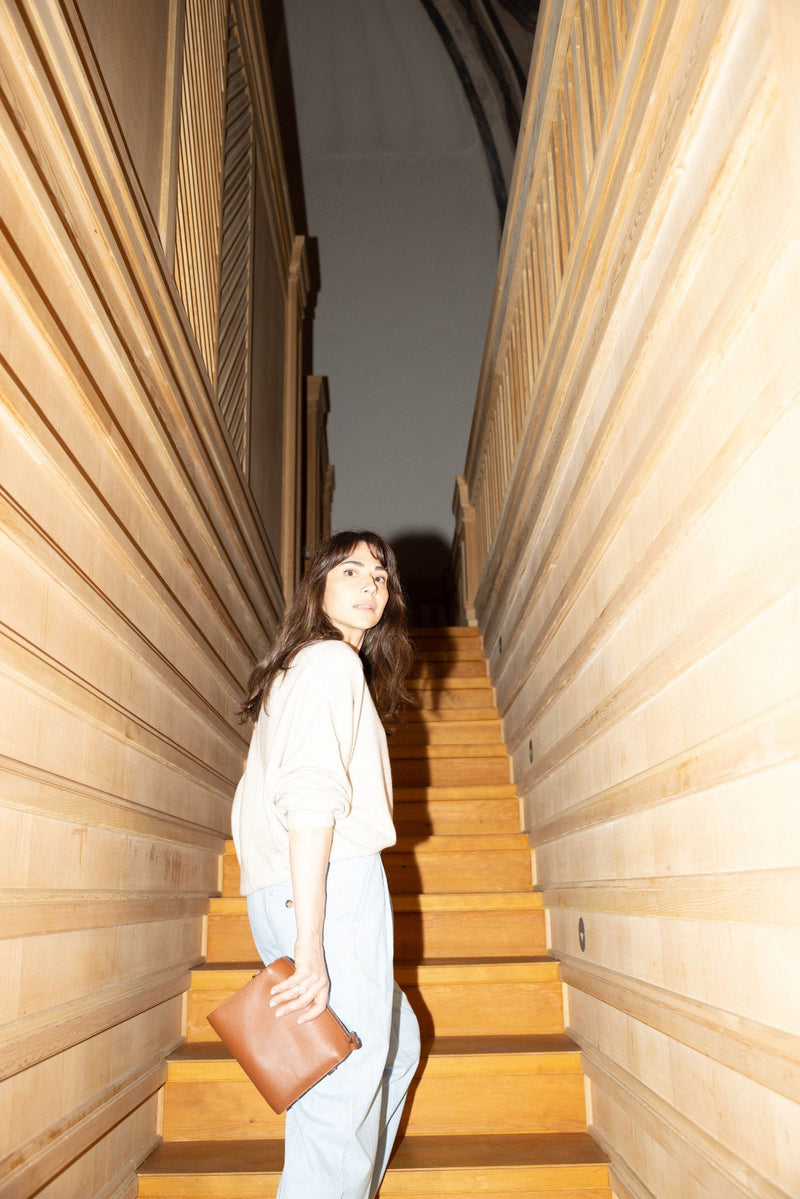
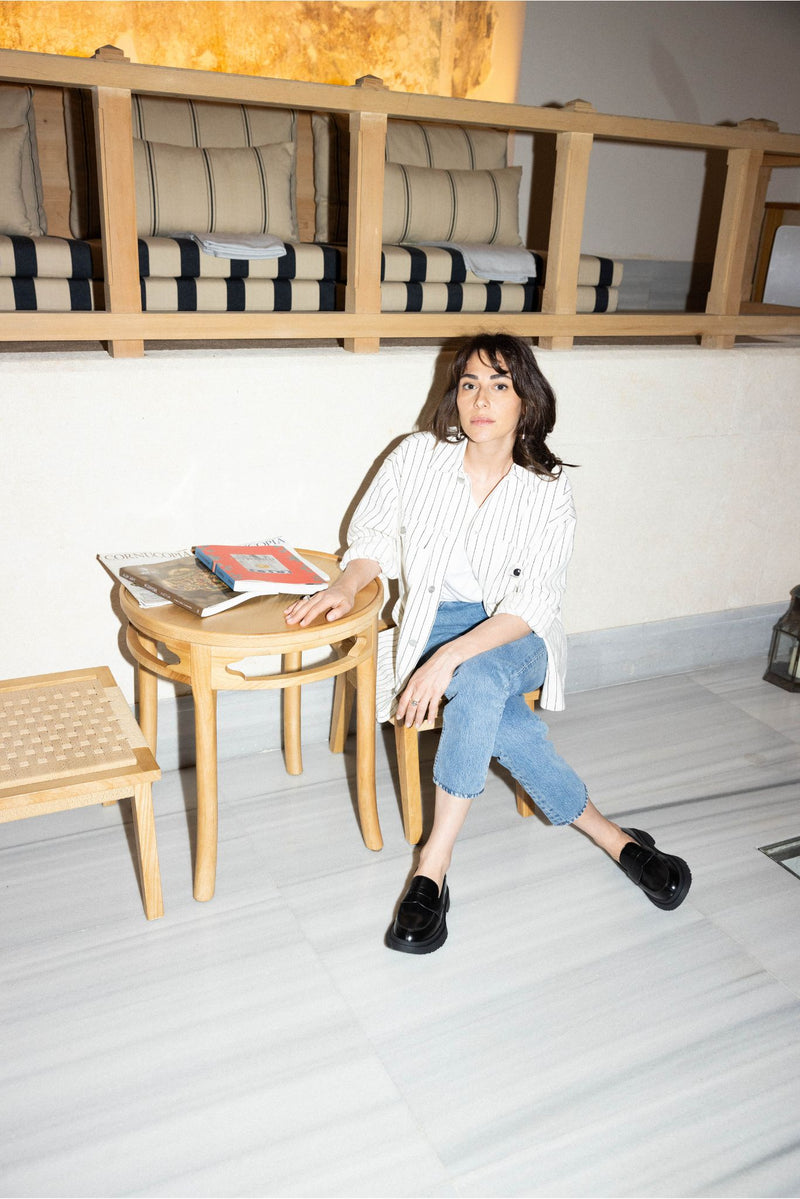
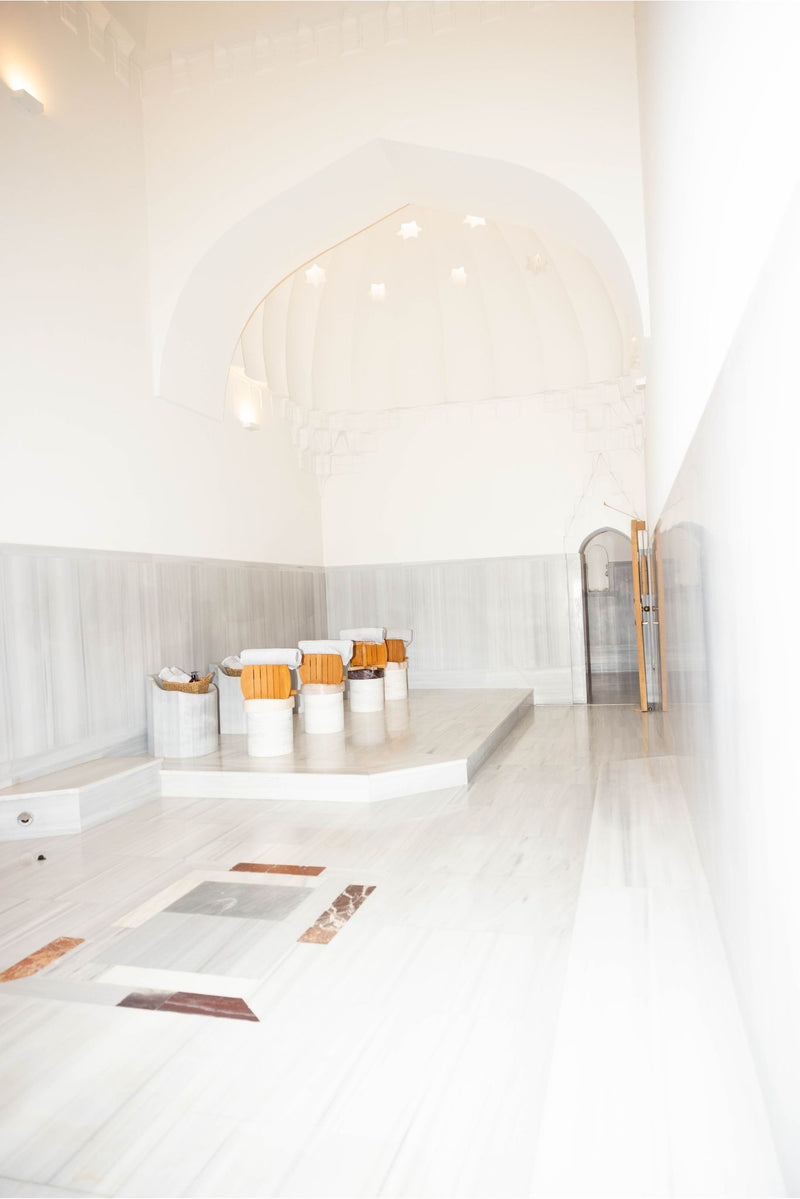
About the 13-year-long restoration process… Zeyrek Çinili Hamam became both a public space and something resembling an autobiographical exhibition. Can you walk us through that journey?
With time, the restoration really started to feel more like an archaeological excavation. Every new discovery led to more research. There were constant surprises—things we hadn’t anticipated—but we couldn’t stop ourselves from continuing. We were driven by a desire to complete the story, to trace the truth behind the fragments we were uncovering. That pursuit became our greatest motivation.
Thousands of artifacts from the Roman, Byzantine, and Ottoman periods—all of which required meticulous documentation and care—made this already significant site even richer. The commitment and expertise of our research and restoration team, which included architects, tile experts, and historians, became a source of daily inspiration. Today, what makes us proud is knowing that the restoration both revived the hamam’s grandeur and preserved its historic essence.
Originally, we planned to complete the work in just a few years and reopen the building as a traditional bathhouse. But Zeyrek Çinili Hamam’s reemergence became something much more than a restoration. We found ourselves in the midst of a cultural transformation—one that brings Istanbul’s bath culture into the present and reinterprets the site’s many layers through a contemporary lens.
Built by Mimar Sinan in the 16th century, the hamam served for centuries as a space for cleansing, gathering, and community. Today, it offers visitors more than just a bath. It invites them into a cultural journey, where they can connect with the rich historical heritage of the neighborhood and experience something far deeper.
Archaeology, architecture, and art all converge in Zeyrek Çinili Hamam. What references or principles guided your curatorial decisions in such a layered space?
Throughout history, hamams have served as gathering places—integral to daily life and social connection. We wanted to reawaken that function through art. While reimagining the space, we envisioned a living site—one that resonates with contemporary audiences and fosters a sense of shared belonging.
Our opening exhibition was titled Healing Ruins. Curated by Anlam de Coster, it extended throughout the entire historic hamam complex. Anlam approached the project with deep care and respect for cultural heritage. She created an exhibition that remained in harmony with the architectural and historical identity of Mimar Sinan’s 500-year-old structure, rather than overpowering it. This approach allowed visitors to build a more layered relationship with both the space and the artworks. The exhibition became more than a presentation—it became an experience. The enthusiastic public response showed us that contemporary art could, in fact, live and transform within this space.
After Healing Ruins, we restored the heating system and reactivated the building’s original bathing function. Although the cistern’s historical structure and physical conditions present some challenges for artistic interventions, we’ve decided—together with Artistic Director Anlam de Coster—to open it up for site-specific exhibitions twice a year.
We launched the first of these in May 2025 with Murmurations by Anousha Payne. Our next show is planned for this fall, with French artist Juliette Minchin. Each exhibition gives us a chance to rediscover the spirit of the space and see Istanbul’s layered history through a new lens.
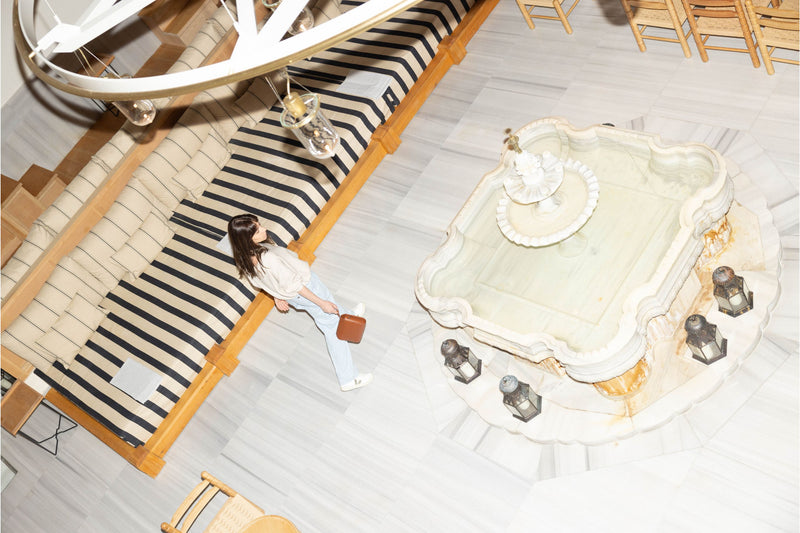
Was there a moment during excavation that felt especially impactful—or even transformative?
One of the most transformative discoveries was the Byzantine-era cistern we uncovered during restoration. It had been forgotten for centuries. For this space to now be reintroduced into the city’s cultural memory—and to connect the past and present in a way that reaches wider audiences—feels incredibly meaningful.
Of course, I can’t answer this question without mentioning the tiles, which have become the signature of Zeyrek Çinili Hamam. The building gets its name from the specially commissioned İznik tiles that once adorned its interiors. During excavation, we found over 3,000 tile fragments. That’s when we realized the original hamam had been entirely covered in tilework.
In the late 1800s, following a period of earthquakes and fires, the hamam was left in a derelict state. A Parisian antique dealer acquired the tiles and sold them to museums and private collections across Europe. As we traced their paths, we discovered just how extensive the original tile program was: 37 unique motifs, four distinct forms, an incredibly complex visual language. Institutions like the Victoria & Albert Museum, the British Museum, and the Louvre became essential collaborators. Without them, we wouldn’t have been able to reassemble and display what we now show in the museum.
But as the restoration progressed, we realized there were many more layers to reach before we could even get to the original tilework. Beneath those upper layers, we uncovered architectural details like muqarnas patterns and ornamental motifs from various periods—some painted directly onto the plaster, others embedded deeper. Elements like preserved “elephant eye” windows and other carefully restored architectural fragments now stand out as some of the most striking features of the hamam. From an art historical perspective, these discoveries are invaluable.
What are your personal reference points in Istanbul? Are there neighborhoods, buildings, or rituals that inspire your thinking or your work
Since I began this interview by talking about Istanbul, I feel like I could go on for hours in response to this question! Old Istanbul—places like Sirkeci, Eminönü, Balat, Sultanahmet, the Grand Bazaar, Galata, and Beyoğlu—are the areas I love spending time in the most. Even though I’ve walked through these neighborhoods countless times since childhood, I still discover new details with every visit. That ongoing sense of discovery continues to excite me. A few places that come to mind right away: the mosaics at Chora, the streets of Balat, the Church of the Pantocrator (now Zeyrek Mosque) just up the hill from the hamam.
I also spend a lot of time at İMÇ, which is right across from the hamam. From the moment it was built, İMÇ was designed to incorporate art into its architecture—featuring works by artists like Füreya Koral, Bedri Rahmi Eyüboğlu, and Kuzgun Acar that are still visible in public areas today.
More recently, it’s become home to key initiatives like İMALAT-HANE, 5533, and Non Space. And of course, SAHA Studio is also located there—an interaction and production space for artists, curators, and writers developed by SAHA Association, where I also serve on the board. Watching such a vibrant cultural scene grow right next door continues to inspire me.
Beyond that, I try to keep up with the broader contemporary art scene in Istanbul—the new exhibitions, the evolving institutions, the independent spaces. All of it feeds me.
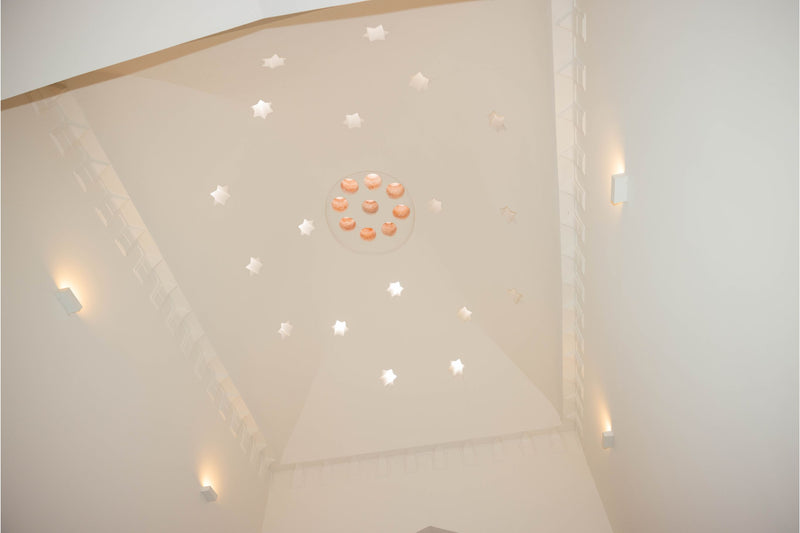
You grew up surrounded by books. Which writers or works have guided your thinking, and why?
Growing up in a house that once held the largest private library in Istanbul definitely shaped my relationship with books. Literature has always been a meaningful and constant presence in my life. But after Zeyrek Çinili Hamam entered our lives—and with the research process that came with it—I found myself naturally gravitating toward more focused sources.
In recent years, I’ve felt increasingly drawn to readings on bathing culture, water architecture, and Istanbul’s water systems. And of course, that urge to learn comes with a parallel desire to share. That impulse is what led us to create a reading space within the hamam—one that visitors can explore freely. The ZÇH Library is the most recent addition to the hamam complex, and a source of constant inspiration for me. Every now and then, I step away from my desk just to sit in the quiet of the library.
One book that’s stayed with me lately is Hamamname by our longtime family friend, Murathan Mungan. I’ve been revisiting it recently, and it hits even deeper now. I also find myself regularly returning to biographies—of thinkers, artists, and designers I admire. They’re always on my reading list.
In today’s world, how do you view acts like collecting or preserving? Are they still possible—or do they, too, have to change?
Collecting, in my view, has evolved beyond simply acquiring objects. It’s now about sharing, making things accessible, and taking responsibility. Acquiring a work of art is no longer just about owning it—it’s about understanding the context in which it was made, supporting the artist, and keeping the work’s story alive. The rise of public collections, more direct relationships with artists, and the idea of a collection as a kind of exhibition space all point in this direction. So yes, I think art collecting is becoming more transparent, more communal, and more ethically conscious.
That said, I can’t claim to fully embody this approach—at least not yet. I’ve never sold a single piece from my collection. Each work has formed a different kind of bond with me over time, evoking different emotions in different phases of my life. Perhaps that’s a more personal, inward-facing way of relating to art. But at the same time, I know that collecting—like everything else—needs to evolve. I find myself thinking through that tension, adjusting my direction as the world around me shifts.
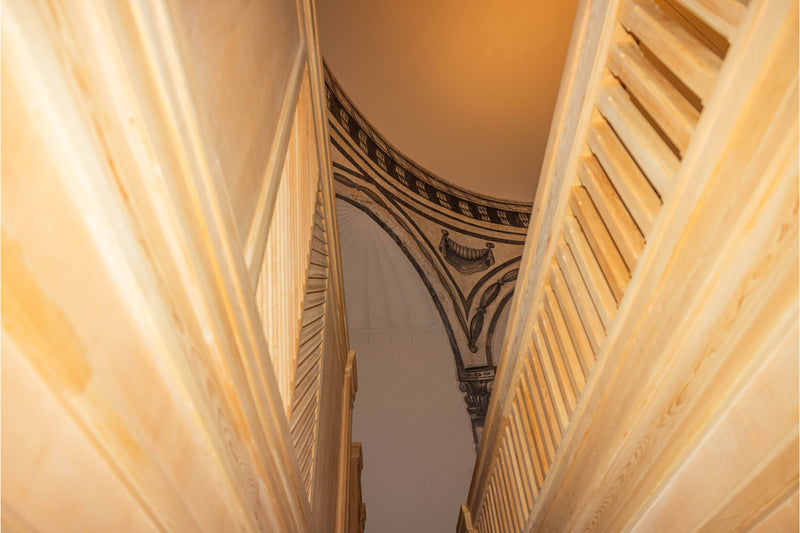
And finally… What comes to mind when you think of “vitruta” and “Good People”? It
could be anything—a brand, a neighbourhood, a person, a colour, or an event.
When I hear “Good People,” the first thing that comes to mind is a sense of belonging—especially around Beyoğlu and its surroundings. I feel like this project holds a certain sensibility, one that includes both aesthetics and design, but also a thoughtful approach to life itself.
Every time I find myself in conversation with people gathered around vitruta—whether we’re talking about creative processes, art, or how we see the world—I feel like we’re in a space that keeps expanding our sense of possibility.
And yes, I love shopping at vitruta! The pieces are timeless, minimal, and cool—my VEJAs are my go-to, always. I also really appreciate the vitruta for good platform and follow its work closely. Go vitruta!
You can click here to see the products Koza Güreli Yazgan's used and chose in the shoot.